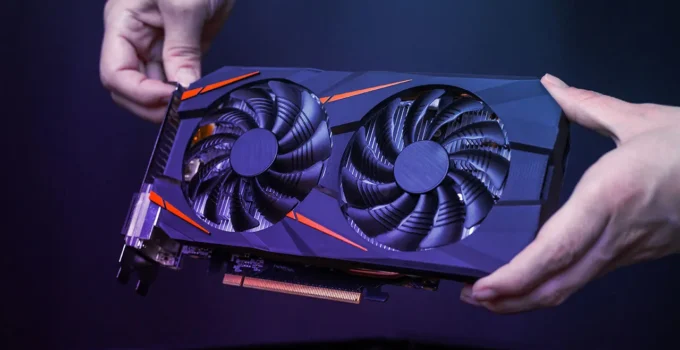Upgrading an old computer with new hardware is the same as pouring new wine into old bottles. A good graphics card is needed to get high resolution and improved performance of the games. Installation of the new card is an easy process that requires only a few minutes but determining its compatibility with the rest of the PC is complicated. The whole system is endangered if the graphic card is not compatible with the current computer hardware. This article will help you figure out how to check the system’s compatibility with the newly bought graphic card.
Whether you are upgrading your old gaming system with a second card or planning to buy a new one, checking the graphics card’s compatibility is necessary as it makes the computer last a while. Most modern GPUs or graphic cards available in the market work exceptionally well with PCs, but it is better to be safe than sorry. The following parameters are vital while you check the compatibility after checking the specifications.
PCI Express Slot
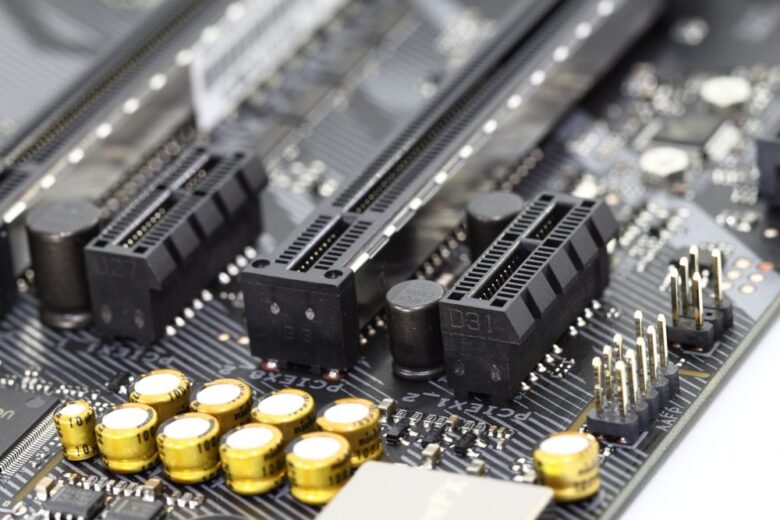
Img source: tomshardware.com
Many expansion slots can be observed on the motherboard, but PCI or Peripheral Component Interconnect Express Slot has a different interface and requires two 16 lane connections. Graphic cards need the PCI express shot for communicating with the motherboard and have three different versions. It is necessary that when inserting a graphic card on the PC, the number of the lanes is the same as that on the motherboard.
The PCI Express x 16 slots, also known as PCI Express 3.0, is the most commonly used interconnection that supports backward compatibility with the motherboard. The 1.0 slot and 2.0 slots are used to transfer short and long-distance data from the central processing unit to the GPU, respectively. Before purchasing a graphic card, the version of the slots on the motherboard shall be checked.
Compatibility with Motherboard and CPU
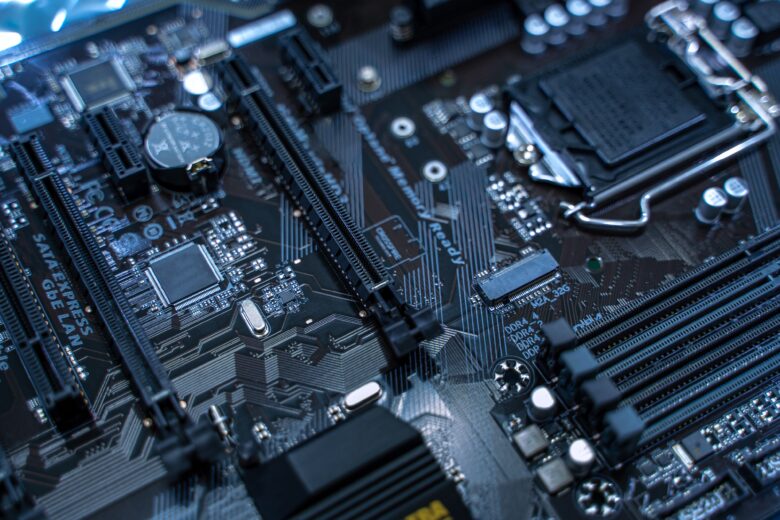
Img source: pcworld.com
Graphic cards are compatible with most motherboards as they have slots for adding additional equipment to the computer system. A processor socket also supports the central processing unit or CPU. Most motherboards have PCI express slot 3.0 because this also works perfectly as a replacement for 2.0 and 1.0 slots and is compatible with almost all the new graphic cards available in the market.
If an AGP slot is present, it limits the compatibility as modern graphic cards won’t work. Similarly, the graphic card needs to support the CPU socket to be compatible with the motherboard. Different sockets are present, including the LGA 1151, LGA 2011, AM3+, FM2+, etc. All of these work with other graphic cards. However, before making a purchase, it is wise to compare the manual of the motherboard with the graphic card.
Compatibility with RAM
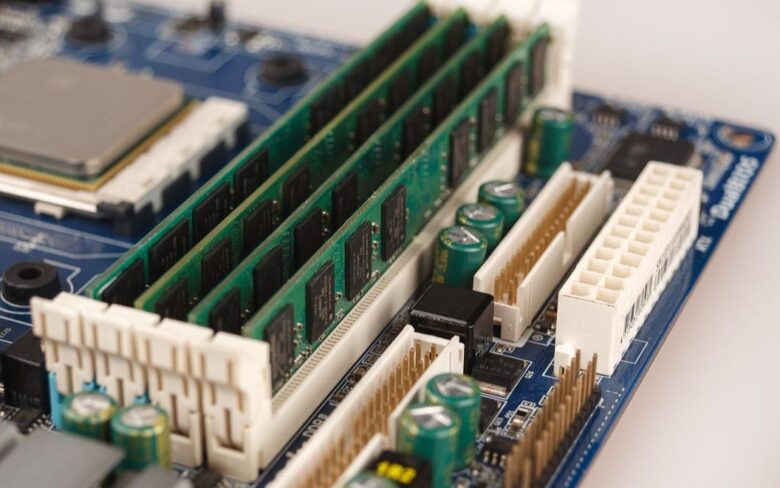
Img source: howtogeek.com
The incompatibility of the RAM with the graphic cards can ruin the computer system. This parameter plays an essential role if you want the hard-earned cash to get utilized. Two different RAM slots are present in a PC.
The standard one is closest to the CPU, while the second one is closest to the graphic card. These two determine the total RAM you can use if the graphic card becomes compatible. For example, if using GDRS memory chips, the DDR4 memory slots on the motherboard will be used.
Compatibility with a Monitor

Img source: pexels.com
While you are checking and comparing the specifications of the graphic card with the PC, do not miss out on checking the monitor as well. The graphic card purchased must be compatible with the output ports of the monitor. Most modern graphics cards are not compatible with the output ports, but they can connect with DVI or HDMI so that an adapter can combine both of them.
Compatibility with Power Supply
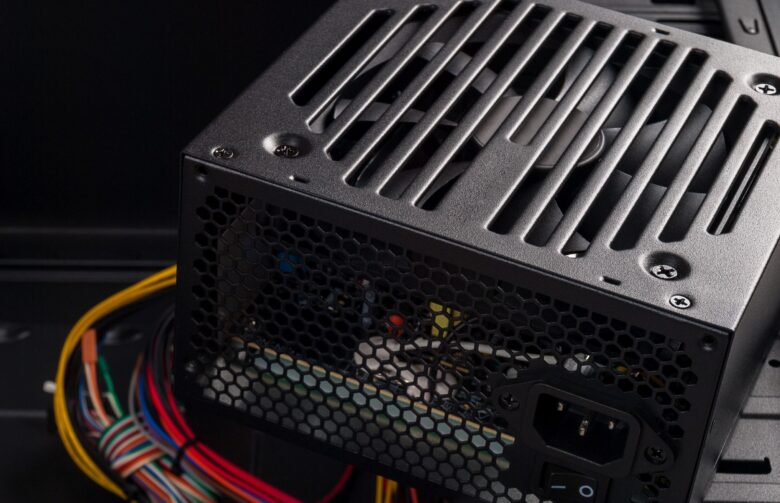
Img source: tomshardware.com
Compatibility of the graphic supply with the power supply unit is the last and most important part. Every part of the computer system requires power to work, and so does the graphic card. It needs extra power that requires a bigger connector of 6 or 8 power connecting pins. Every power supply unit, especially the older models, does not have connectors. An adapter can be used to fix this problem.
The graphic cards consume 40 to 50 percent of the PSU’s capacity, almost equal to 300 to 600 watts of power. If the power supply unit fails to provide the required power to the graphic cards, the computer system might collapse. Online calculators can manage the power capacities of all the different parts. Even computer experts or technicians can help compare and adjust the power of graphic cards with the power supply.
FAQs
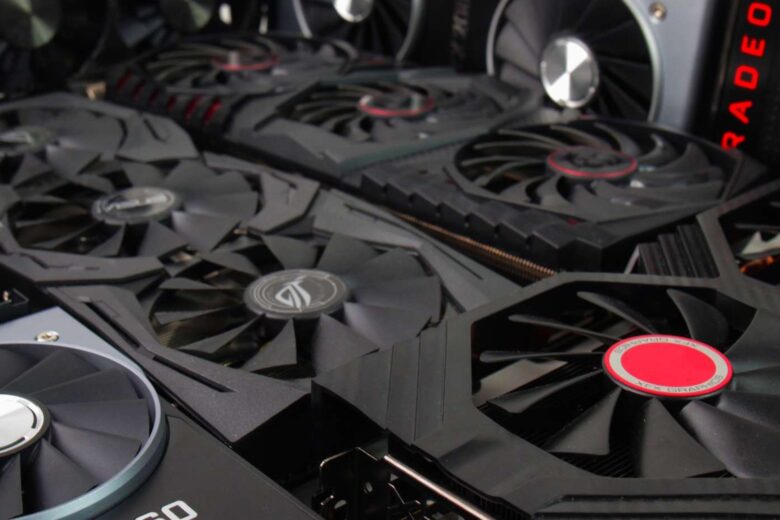
Img source: pcgamesn.com
What needs to be compatible with a graphic card?
The presence of the PCI Express Slot, along with compatibility of the motherboard and enough power supply, make sure that the graphic card works perfectly on the computer. It improves the quality of the images and the performance of the games.
Are graphic cards compatible with any CPU?
The CPUs are compatible with almost every graphic card except old ones. If they are connected with powerful graphic cards, they might slow or shut down the system completely.
Does the GPU depend on the motherboard?
The graphic processing unit or GPU is compatible with almost every version launched after 2015. They have the PCI express slot and are easily compatible with most computer systems.
Can I change my graphic card?
Yes, you can change the graphic card and replace it with a new one. You need to pull out the card after you unscrew the screws of the case.
Conclusion
Many ways are present to ensure whether your graphic card is compatible with the system or not. It can be a little complicated initially, but once you start comparing the specifications of the graphic card with the parts of the computer, it becomes straightforward. I hope this article has helped solve your problem and cleared all the doubts regarding the compatibility of the graphic cards.

